Yongbongsan Mountain (용봉산)
7.9Km 68795 2024-01-15
Sangha-ri, Hongbuk-eup, Hongseong-gun, Chungcheongnam-do
Yongbongsan Mountain is relatively small mountain, reaching a x_height of just 381 meters, but is filled with beautiful rocky outcroppings and peaks. The mountain's name comes from its ridgeline, resembling a dragon with the head of a phoenix. The mountain is home to a wide range of Korean plants, including Korean pine trees, and cultural heritages such as Yongbongsa Temple.
Hongseong Jeongchungsa Shrine (정충사 (홍성))
9.0Km 0 2024-01-15
40-1 Pangyo 1-gil, Seobu-myeon, Hongseong-gun, Chungcheongnam-do
Jeongchungsa Shrine is located in Hongseong-gun, Chungcheongnam-do. It was first built in 1632, and was then rebuilt after a time of disrepair in 1872. The shrine was designated as a cultural heritage of Chungcheongnam-do on October 20, 2009.
Gwangcheon Cave Salted Shrimp Complex (광천토굴새우젓단지)
9.4Km 4623 2024-02-26
119, Gwangcheon-ro, Gwangcheon-eup, Hongseong-gun, Chungcheongnam-do
Gwangcheon Cave Salted Shrimp Complex is a collection of shops offering saeujeot (salted shrimp), a specialty of Gwangcheon. Gwangcheon’s proximity to the Yellow Sea makes it a famous place for jeotgal (salted seafood), particularly those made with shrimp. Gwangcheon’s saeujeot (salted shrimp) is stored and aged in a former mine cave tunnel, so it has great quality. There is even an exhibition hall dedicated to Gwangcheon cave salted shrimp. The Gwangcheon Cave Salted Shrimp & Dried Laver Festival is held in October.
Sudeoksa Temple (수덕사)
10.4Km 28645 2021-12-03
79, Sudeoksaan-gil, Yesan-gun, Chungcheongnam-do
+82-41-330-7700
Sudeoksa Temple, which has played an important role in the history of Korea’s Buddhism, is located at the foot of Deoksungsan Mountain. It was one of twelve temples from the Baekje Kingdom mentioned in Chinese historical records. There is no historical record of when the temple was founded but researchers believe it was founded sometime during the reign of King Wuideok (554-597).
The main building of Sudeoksa Temple, Daeungjeon Hall, was constructed in 1308 during the Goryeo dynasty. It was repaired four times between 1528 and 1803, but fortunately kept its original beauty. In addition to Daeungjeon Hall, Sudeoksa Temple houses many cultural treasures, such as the Three-story Stone Pagoda of Sudeoksa Temple.
Deoksungsan Mountain (덕숭산)
11.0Km 7356 2021-06-30
Deoksan-myeon, Yesan-gun, Chungcheongnam-do
+82-41-339-8930
Deoksungsan Mountain is referred to as Chungcheong region's Geumgangsan Mountain for its beauty. Within Deoksungsan Mountain is Sudeoksa Temple, famous for its Daeungjeon Hall as the oldest surviving wooden building in Korea. The mountain's most prominent features are the oddly shaped rocks that are often compared to the shape of a human skull or a beast with its mouth wide open. Some of the most scenic points are Wonhyobong Peak, Seongmunbong Peak, and Haetaebawi Rock. Several Buddhist temples and cultural heritages occupy the mountain. The mountain is also a popular destination for family trips thanks to its short hiking course and Deoksan Hot Springs.
Hongseong Jeongamsa Temple (정암사 (홍성))
11.1Km 8355 2021-03-12
652, Oseo-gil, Hongseong-gun, Chungcheongnam-do
+82-41-641-0488
Jeongamsa Temple is a small rural temple situated halfway up Oseosan Mountain. There are few existing records that mention the temple’s beginning. Some suggest that it was built around AD 527 during the 5th year of Baekje King Seongwang’s reign, but there is little evidence to support this theory. The only reference alluding to a specific time is Yeojidoseo ("Detailed Survey of Korean Geography" published during the late Joseon dynasty). It states Jeongamsa Temple's location as on Oseosan Mountain, and Oseosan Mountain being surrounded by Hongsan Mountain and Baegwolsan Mountain and intersected by Hongju, Gyeolseong, and Boryeong. This indicates the temple was recognized in the mid-18th century and around the same time, Garamgo (a book about temples, published in the late 18th century) also states that Jeongamsa Temple is located approximately 11 kilometers to the east of Gyeolseonghyeon. It is still uncertain whether the temple referred to is Jeongamsa Temple on Oseosan Mountain.
Some foundation stones within the temple site measure 70-80 centimeters on each side. These stones indicate that the old Buddhist shrine of Jeongamsa Temple was laid out with five kan (Korean unit of measurement indicating the space between two pilars) at the front and three kan on the side. Future archaeological studies will help identify the true history of Jeongamsa Temple.
Chuyangsa Shrine (추양사)
11.1Km 1 2024-01-15
25 Jisan 5-gil, Seobu-myeon, Hongseong-gun, Chungcheongnam-do
Chuhyangsa Shrine is located in Hongseong-gun, Chungcheongnam-do, and is dedicated to Kim Bokhan, also known as Jisan. The site holds memorial rites every year for the followers and descendents of Kim Bokhan.
Yanggoksa Shrine (양곡사)
11.2Km 0 2024-01-16
131-31 Hongnamseo-ro, Seobu-myeon, Hongseong-gun, Chungcheongnam-do
Yanggoksa Shrine is located in Yanggok-ri, Hongseong, and enshrines the memorial tablets of Han Won-jin, and his disciples Song Neung-sang, and Kim Han-rok. The shrine was built in 1772 to commemorate Han Won-jin, and then was later rebuilt in 1987 with the addition of Song Neung-sang and Kim Han-rok's memorial tablets.
Deoksan Provincial Park (덕산도립공원)
12.3Km 8986 2019-12-18
Deoksan-myeon, Yesan-gun, Chungcheongnam-do
The name “Deoksan” has been shortened from its original name, Deoksungsan Mountain. This mountain area boasts a beautiful valleys and the Sudeoksa Temple, which is unique in that only Buddhist nuns can be found here. The main building of the Sudeoksa Temple, the Daeunjeon, has been preserved in its original condition. This was first constructed in 1308 and has been designated a national treasure. As well as the Deungjeon, the Sudeoksa Temple houses many cultural treasures, such as the Sudeoksa 3-storey stone pagoda.
Historic Site Related to Seong Sam-mun (성삼문선생유허지)
12.6Km 0 2024-01-18
403-12 Maejukheon-gil, Hongbuk-eup, Hongseong-gun, Chungcheongnam-do
This historic site related to Seong Sam-mun is believed to be the birthplace of Seong Sam-mun, and was founded by his maternal ancester, Park Dam. A shrine was built here in 1685 to honor Seong Sam-mun and the five others ministers who were executed with him for their plot to restore King Danjong to the throne after he was exhiled by his uncle. The site was destroyed in 1864 when Confucian facilities were removed by the government, but was later rebuilt in 1945.

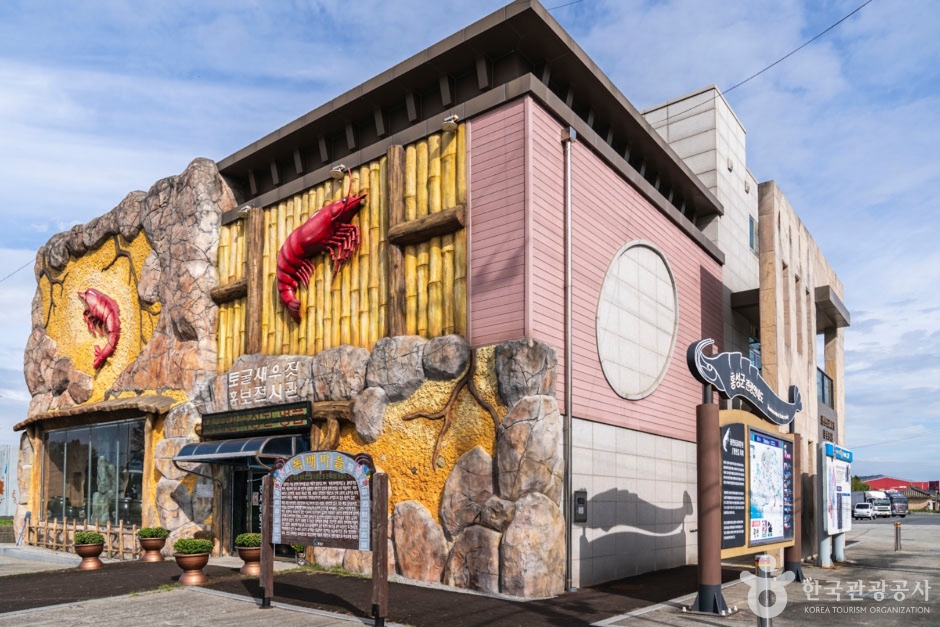
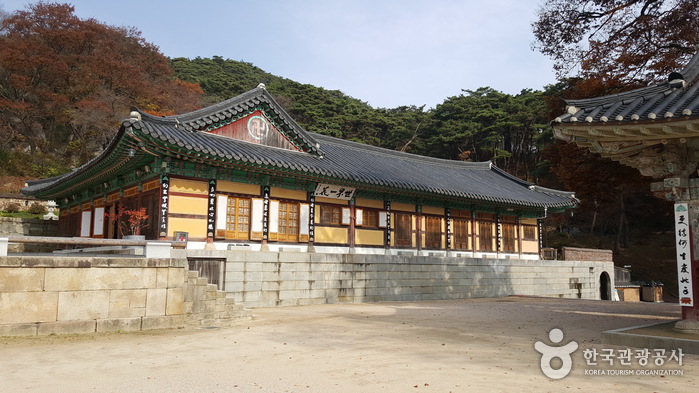
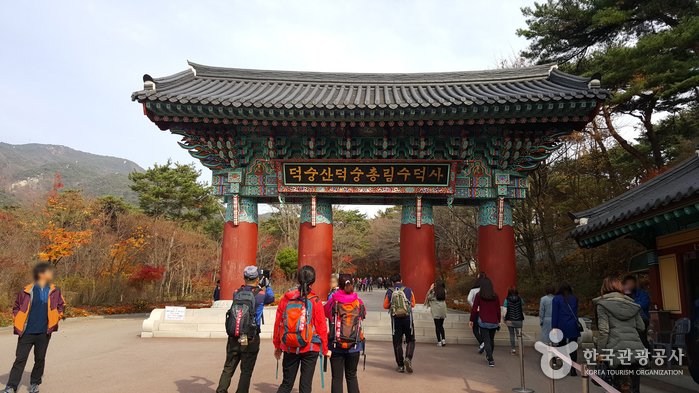
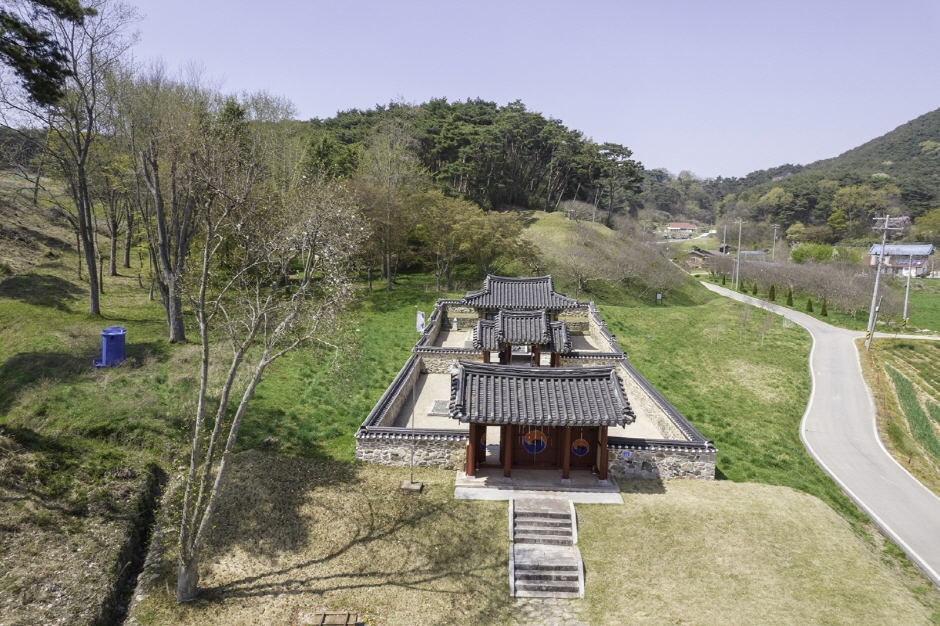
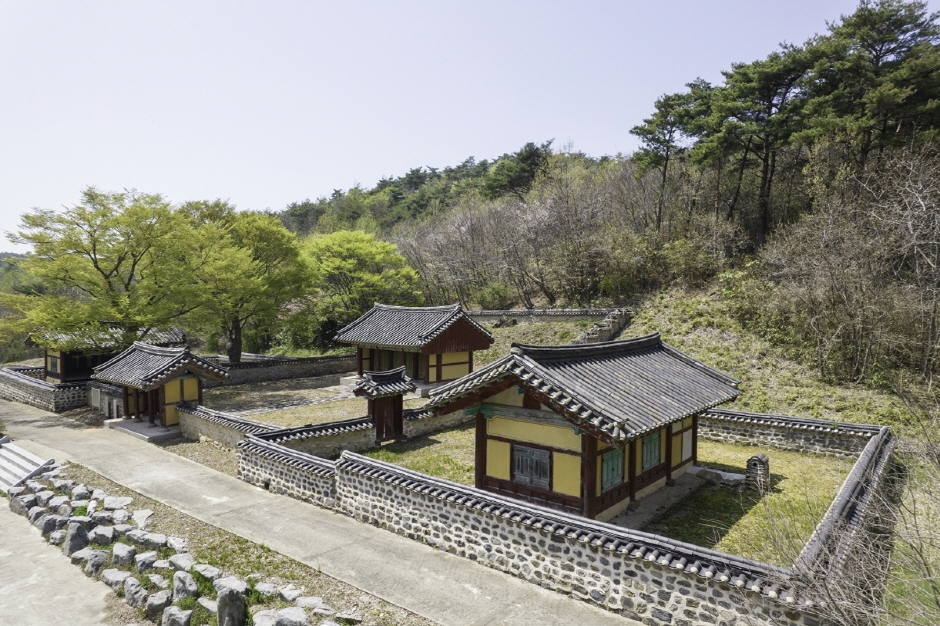
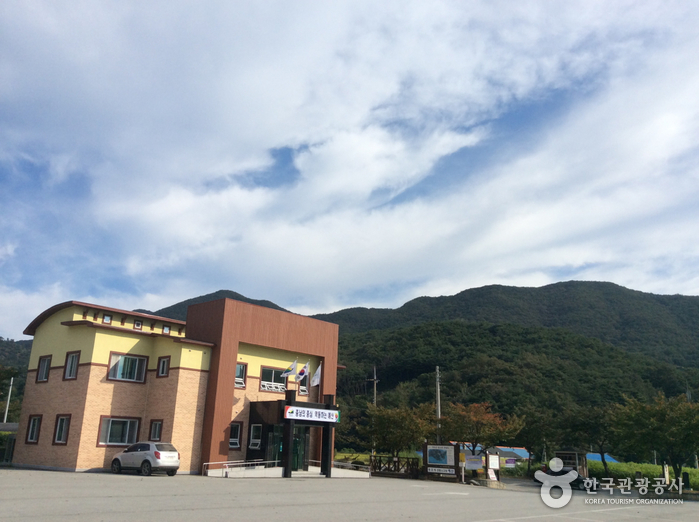
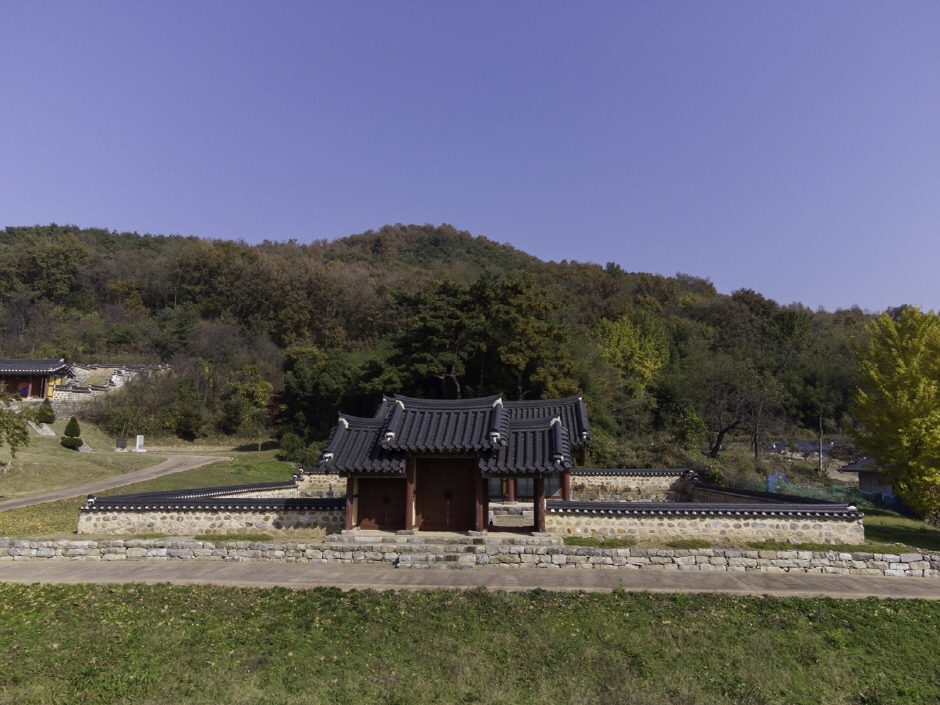
 English
English
 한국어
한국어 日本語
日本語 中文(简体)
中文(简体) Deutsch
Deutsch Français
Français Español
Español Русский
Русский